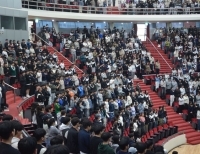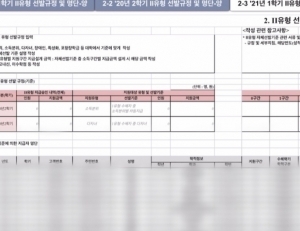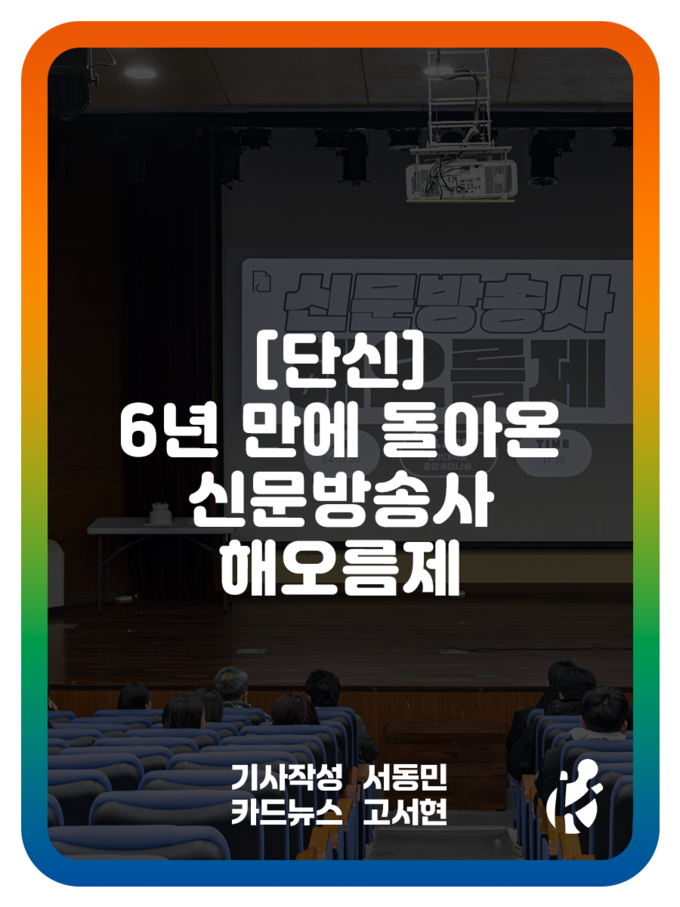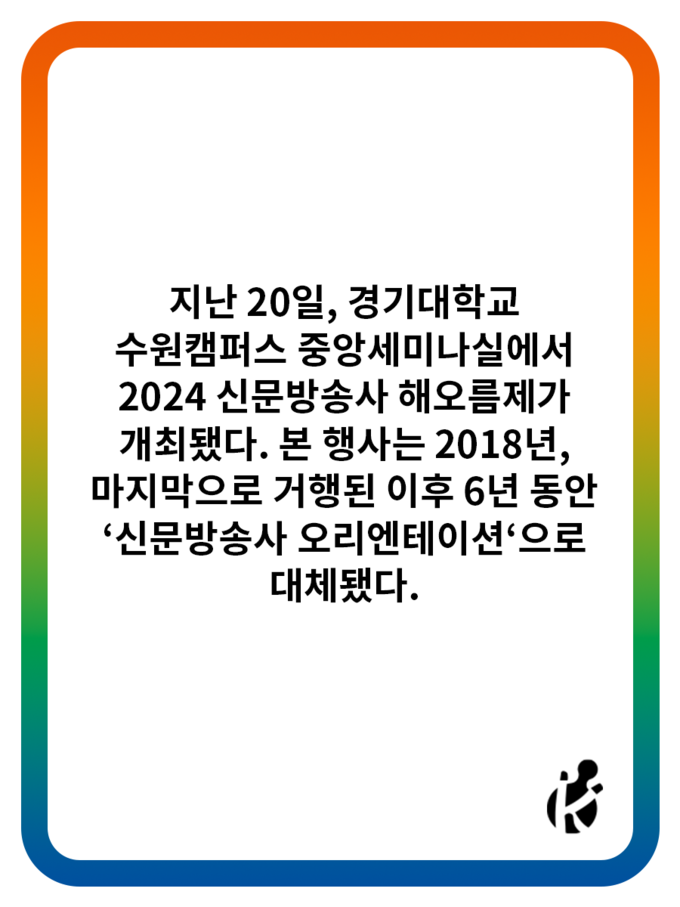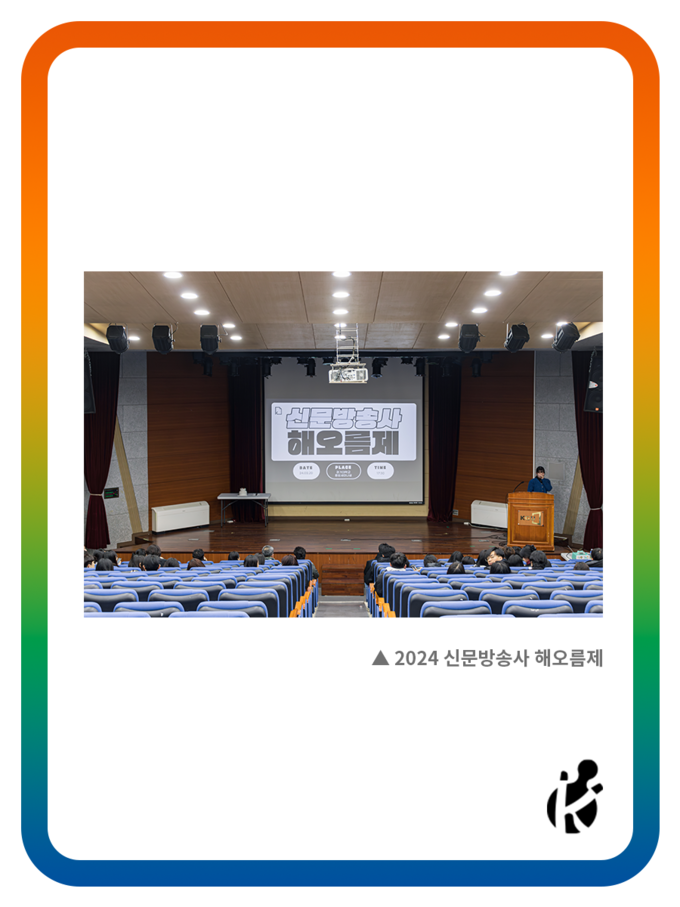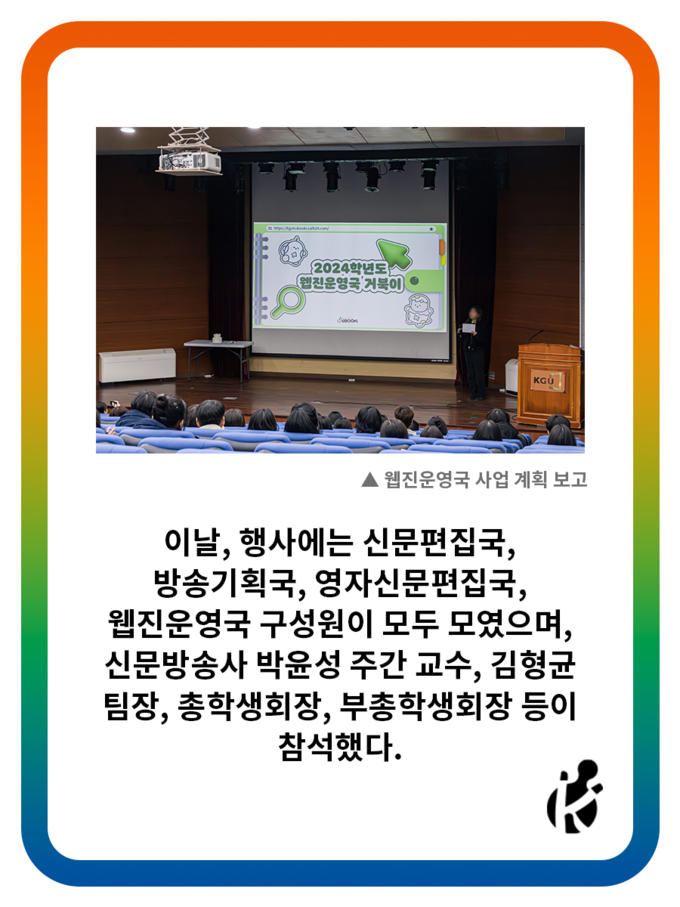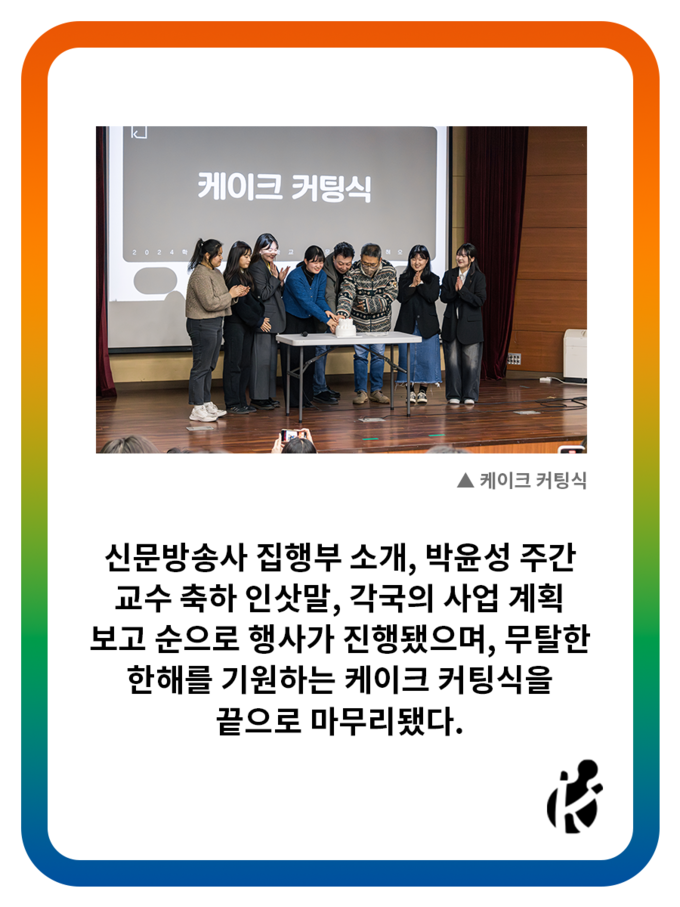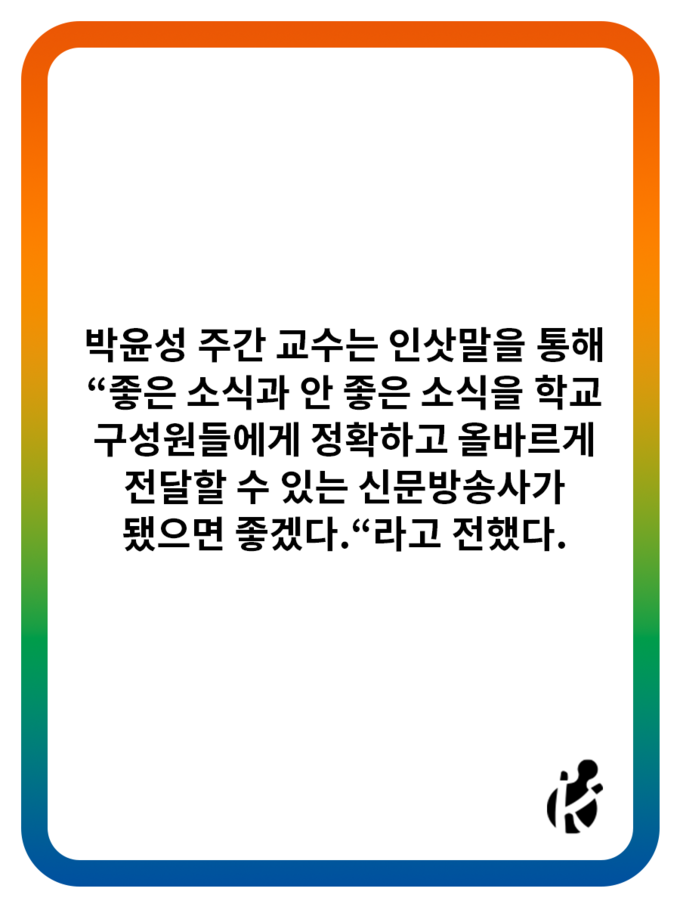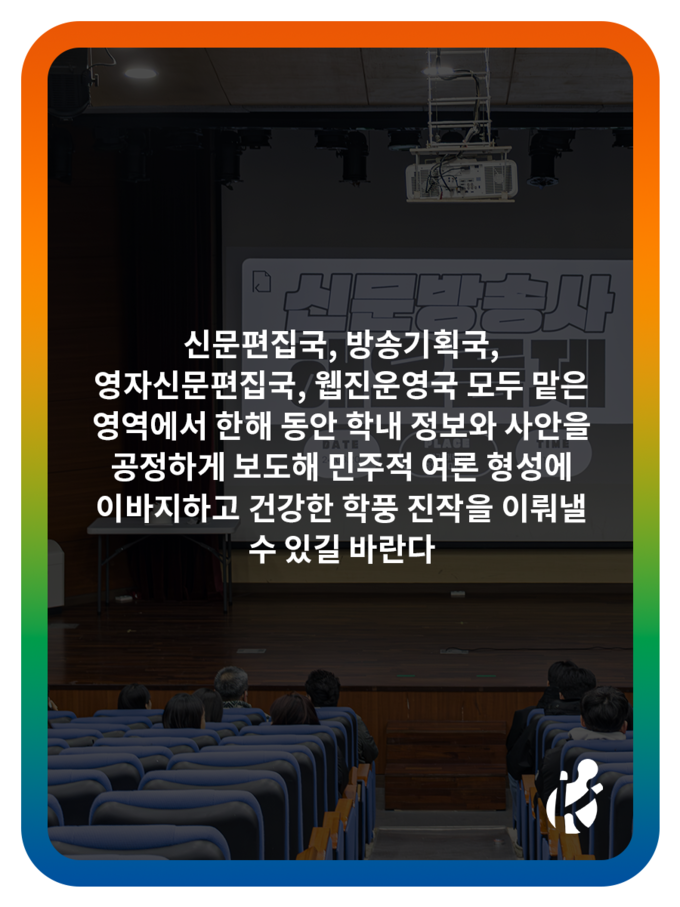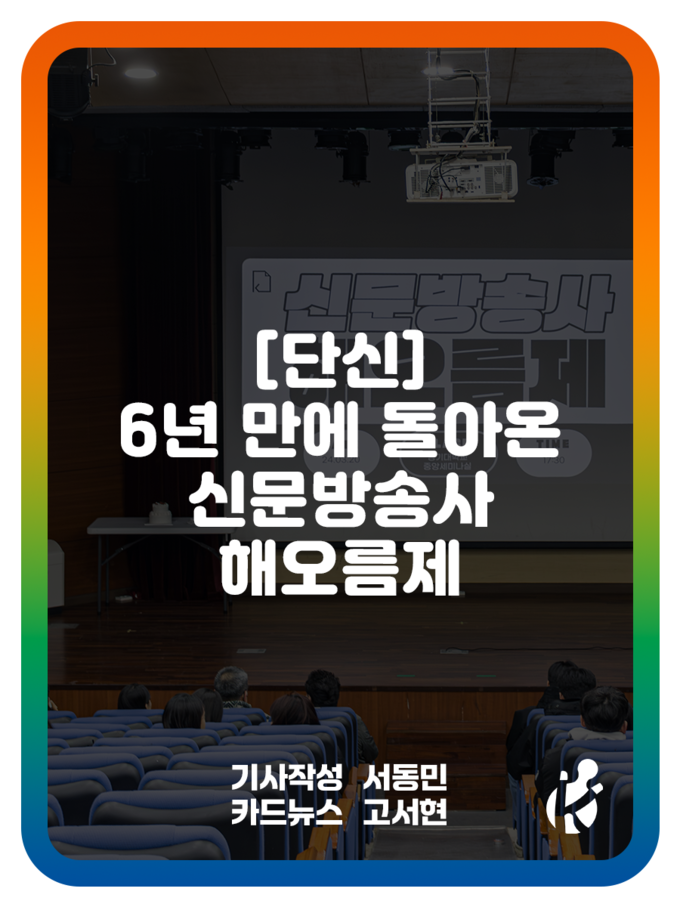While frozen youth employment is gradually thawing, young people’s preferred career paths are changing. Among them, the competition rate for level 9 national civil servants, which was a popular job, is decreasing every year. The average competitive rate for level 9 public employment was 29.2 to 1 this year, showing a decline for the sixth consecutive year. Analysts say that in addition to the diminishing population of those in their 20s and 30s, the attractiveness of becoming a civil servant has also declined. On the contrary, youth start-up businesses, which are fully supported by the government, are increasing day by day. Unlike in the past, let's look at why the competition rate for civil servant positions is falling.

In the past, the popularity of level 9 national civil servant positions was enormous. 222,650 applicants flocked to level 9 national civil servant exams 2016, which is the largest number ever. Why were people so enthusiastic to become government employees? It is a job that comes with respect, employment security, and a pension. Although there are relatively lower wages than corporate business and specific limits on promotions, these jobs can be fascinating for the young generation seeking stability. Usually doing indoor jobs, not outdoor jobs, is another element that raises its appeal because there is less danger. As employment difficulties worsened and corporate bankruptcies became frequent, the social atmosphere in which many young people who value job security over salary contributed to the popularity of level 9 civil servant positions.
The other reason for the popularity of level 9 civil servant positions is low entry barriers for the official exam. Anyone of the applicable age can take the exam, unlike with other levels of civil servants. In particular, general administrative official is the most popular of the options because it is a representative exam that anyone can take without any restrictions on their educational background or experience. In addition, as more people value worklife balance, civil servant positions have become more popular. In the case of level 9 civil servants, a good work-life balance is guaranteed. For the most part, they can leave work on time and there are clear benefits such as a welfare system and parental leave so many of the young generation preparing for employment are attracted to these jobs.
So why has the competition rate for civil servant positions, which used to be a dream job with many advantages, fallen day by day? The first reason is low salaries and population decline have caused the number of applicants to decrease by 16% from the previous year. The number of successful test takers was 5,672, similar to last year's number of 5,662, while the number of applicants decreased by 32,000 from the previous year to 165,524. Analysts say that the competition rate for the level 9 civil servant exam, which had the highest number of recruits, is decreasing because the population of people in their 20s and 30s itself is decreasing. Applicants in their 20s and 30s accounted for 92% of the total test takers, while the population of those in their 20s and 30s decreased by 5.6% from 2017 to 2021. This trend is expected to continue in the future. The Ministry of Personnel Management also believes that the spread of COVID-19 has reduced the proportion of applicants who applied to take the exam.
The second reason is the decline in competition rates due to social causes. It is argued that the cause of the decrease in the competition rate should be found in the decline in the attractiveness of level 9 civil servant positions themselves rather than in changes in the demographic structure. Another factor is that it has become difficult to have hope for the future due to the recent steep rise in housing prices. The reorganization of the government employee pension system to the level of the national pension in 2015 may have also affected the decrease in incentives. The pension contribution rate rose from 7 percent to 9 percent, but the pension payment rate fell from 1.9 percent to 1.7 percent. As of 2010, former employees are paid pensions from the age of 60. However, from now on, the payment period has been delayed by receiving pensions from the age of 65.
The third reason is the recent suicide case of new public officials or the increase in dismissal of one’s own request. A public official working in Jeonbuk committed suicide one month after he started the position. It is believed to be due to excessive overtime as a result of COVID-19, understaffed offices, and insufficient protection. The perception of an official will remind you of a stable employment life with a good work-life balance. Everyone thought it was a job with high satisfaction, but the reality is different. In general, new public officials are often assigned to unattractive departments or departments with a lot of responsibility. The sense of duty to work hard for the nation and the people also leads to frustration if overtime work continues without compensation. Most people want to do what they want in the evening rather than working for more money. The more you work hard, the more work you get, which even leads to the perception that hard work is a negative trait. Just as in a rigid and vertical company atmosphere, this is the reason for the decline in the competition rate of civil servant positions.

"The occurrence of this social phenomenon in modern society is unlike in the past where people thought a stable job is the best. It seems to be the result of the extended tendency of prioritizing thedirection in which you get the most efficient economic benefits and choosing a job that allows you to live a life that meets your career values. However, although the popularity of level 9 civil servant positions is downward because of many reasons like COVID-19 and the declining population of people in their 20s and 30s, still civil servant positions rank high in workplace preference. According to the "2021 Social Survey Results" of the National Statistical Office, the preference for work in the public sec tor exceeded 40% from the age of 13 to 34. The competition ratio was 93.3:1 in 2011 and it decreased to 30:1, but it's never a small number. It is said that the competition rate is diminishing although preference for the position is steady. We, college students preparing for employment in any direction in society, have to be people who can independently set our professional values and choose the job we desire."
75th Reporter • CHOI HYUN JEONG • chj010627@kyonggi.ac.kr
77th Cub Reporter • JO YEON WOO • amyjoe0213@naver.com
- TAG
-
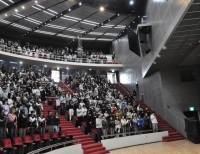 What Happened in KGU? : 수원캠퍼스 학생총회 편
On April 4th, a general meeting of students was held in the Tele-convention center at the Suwon campus. The contents were the same as the general meeting of students in the Seoul campus: the first part was for agenda announcement, the second part was about the Membership Training for whole university, and the third part was simple Q&A time. In the first part, the agendas were all the same as the ones for the Seoul campus, and the result of the ...
What Happened in KGU? : 수원캠퍼스 학생총회 편
On April 4th, a general meeting of students was held in the Tele-convention center at the Suwon campus. The contents were the same as the general meeting of students in the Seoul campus: the first part was for agenda announcement, the second part was about the Membership Training for whole university, and the third part was simple Q&A time. In the first part, the agendas were all the same as the ones for the Seoul campus, and the result of the ...

 [타 대학보 축사] 늘 그랬듯, 묵묵히
[타 대학보 축사] 늘 그랬듯, 묵묵히
 [와이파이] 큰 박스에 달랑 물건 하나, 과대포장 규제 정책 시행은 언제쯤
[와이파이] 큰 박스에 달랑 물건 하나, 과대포장 규제 정책 시행은 언제쯤
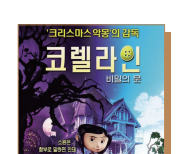 [문화산책] 이 세계는 멋져 보이지만 모두 환상이야
[문화산책] 이 세계는 멋져 보이지만 모두 환상이야
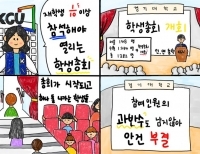 [네컷만화] 학생총회
[네컷만화] 학생총회

 목록
목록







